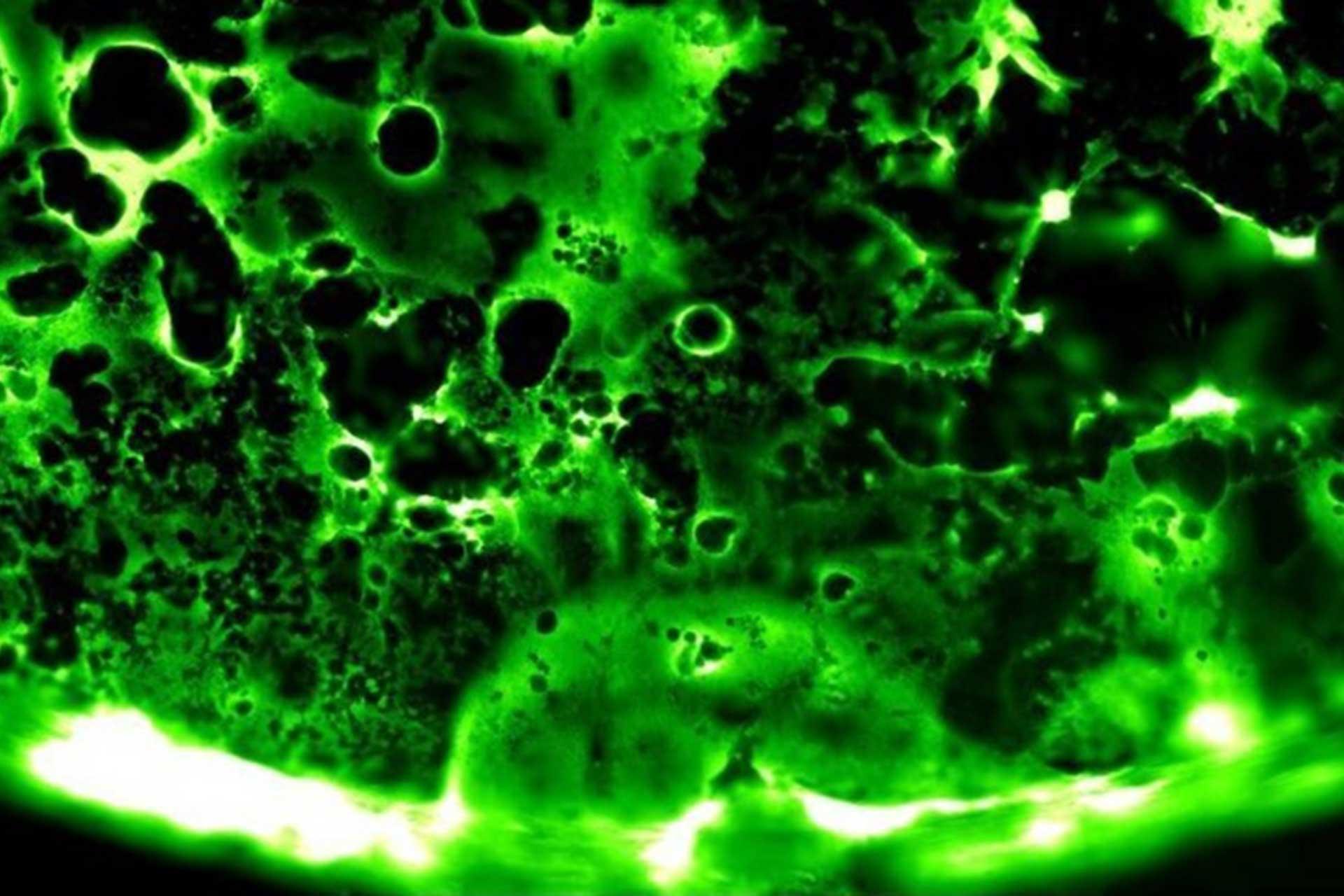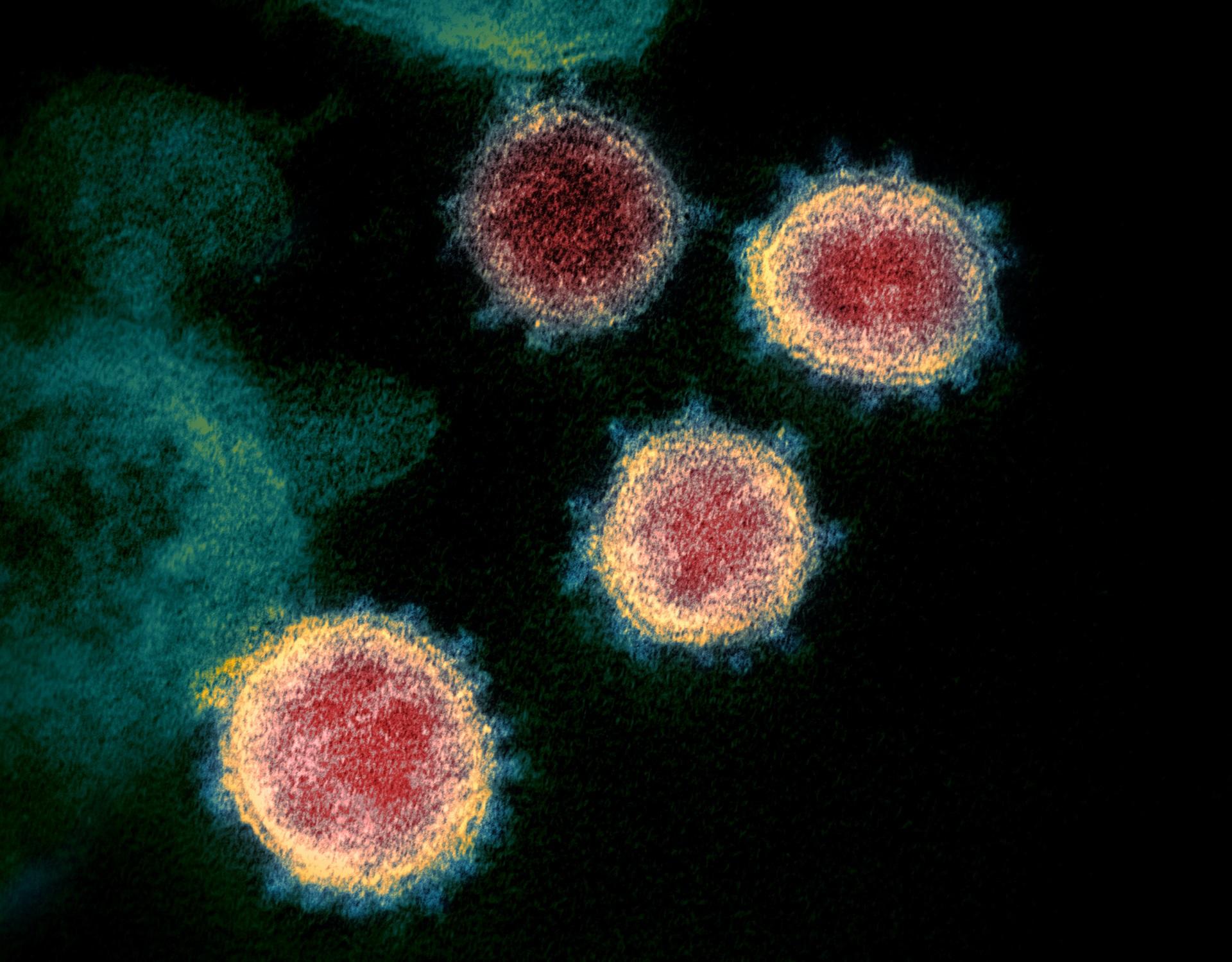Recurrent emergence of SARS-CoV-2 spike deletion H69/V70 and its role in the variant of concern lineage B.1.1.7
We report SARS-CoV-2 spike ΔH69/V70 in multiple independent lineages, often occurring after acquisition of the receptor binding motif replacements such as N439K and Y453F known to increase binding affinity to the ACE2 receptor and confer antibody escape. In vitro, we show that whilst ΔH69/V70 itself is not an antibody evasion mechanism, it increases infectivity associated with enhanced incorporation of cleaved spike into virions. ΔH69/V70 is able to partially rescue infectivity of S proteins that have acquired N439K and Y453F escape mutations by increased spike incorporation. In addition, replacement of H69 and V70 residues in B.1.1.7 spike (where ΔH69/V70 naturally occurs) impairs spike incorporation and entry efficiency of B.1.1.7 spike pseudotyped virus. B.1.1.7 spike mediates faster kinetics of cell-cell fusion than wild type Wuhan-1 D614G, dependent on ΔH69/V70. Therefore, as ΔH69/V70 compensates for immune escape mutations that impair infectivity, continued 65 surveillance for deletions with functional effects is warranted.


